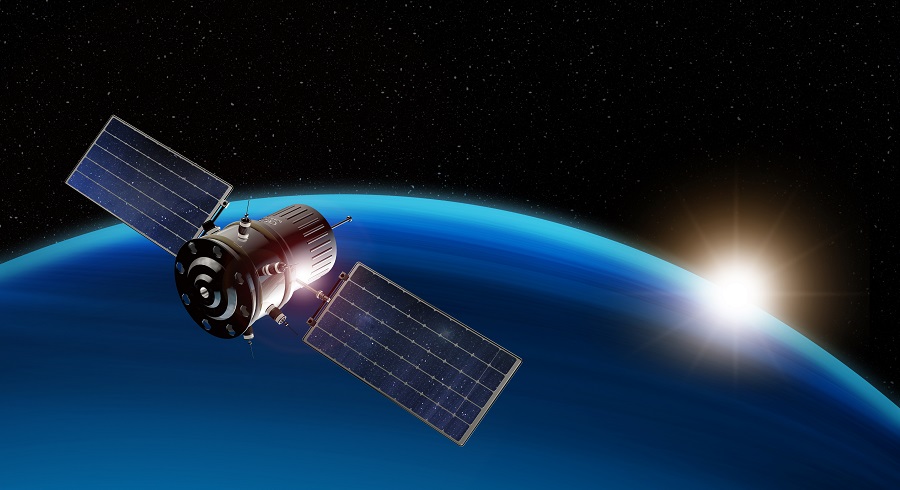
Last year, Hewlett Packard made history by being the first one to succeed in deploying an orthodox data center in outer space. The HPE Spaceborne Computer-2 was sent to the International Space Station in February of 2021. It comprised HPE ProLiant machines and an HPE Edgeline Converged EL4000 Edge Set, each paired with an Nvidia T4 GPU to support AI workloads.
A Significant Achievement
This was no less than a milestone as the HPE Spaceborne Computer-2 is the first conventional server to be deployed in outer space to compute real-world production workloads. The principal investigator for Spaceborne Computer-2, Mark Fernandez, commented on the achievement stating, “It is not hardened. The goal is to avoid the time and cost to harden a computer so that you can go with the latest technology.”
Everywhere else in space, and on Mars especially, satellites and computers found at most space station control systems are centuries old. According to Fernandez, the hardened processors available in the market today are circa 1995 and 1996. However, it can be challenging to find developers who can write codes for these machines.
Current Landscape
Today, most applications are designed to run on modern computers. Despite advancements in technology, the entire ISS system operates on Intel 80286SX CPUs, which dates all the way back to the late 1980s. Moreover, there are also hundreds of ISS tablets, laptops, and other digital devices which are used as operators to control and command the demultiplexer computers, multiplexer computers, recreation, the Internet, and emails.
Today, most key systems are built to function on hardened hardware as it protects the system against radiation. This is made possible by either incorporating insulating substrates or redundant circuits instead of the usual semiconductors. In any case, it takes years of planning to develop these key systems, and by the time they get into space, they are ruefully outdated.
In order to protect computers in space against radiation, the HPE team decided to use upgraded software systems. During the first attempt to place a data center server in space in 2017, HPE launched Spaceborne Computer-1. Although it was only planned to operate for one year, the Spaceborne Computer-1 successfully spent two years on the space station. During the final testing, Fernandez and his team set 50,000 benchmarks with the aim to put stress on the memory of the CPU, and the disks of the system. However, surprisingly not once did they get an error.
The Spaceborne Computer-1 system was still efficiently operating when NASA decided to shut it down and bring it back for evaluation. According to the inspection, the space-based data center had 20 solid disk drives, out of which nine had failed throughout the mission, and five times more self-corrected errors on space compared to Earth. The success and evaluation of the Spaceborne Computer-1 sowed the seeds for Spaceborne Computer-2 which NASA wanted to last for three years, visit Mars, and come back.
The mission had begun; HPE for Spaceborne Computer-2 shielded the hardware with double layers of protection and added two lockers and four servers in total. Paired with the standard HPE ProLiant DL360, the Spaceborne Computer-2 encompassed a robust server developed to efficiently function in extreme environments with shocks; an Edgeline Converged EL4000 Edge System and a GPU allowing HPE to conduct machine learning, image processing, and Artificial Intelligence.
The Situation As It Stands
To date, not one of the drivers of the Spaceborne Computer-2 has failed, and it has successfully been running real-time production workloads. HPE has partnered with OrbitsEdge to make space the final frontier for data centers, making space computing similar to edge computing and lowering the overall production and maintenance cost compared to terrestrial data centers.
Source: https://www.datacenterknowledge.com/hardware/space-final-frontier-data-centers

